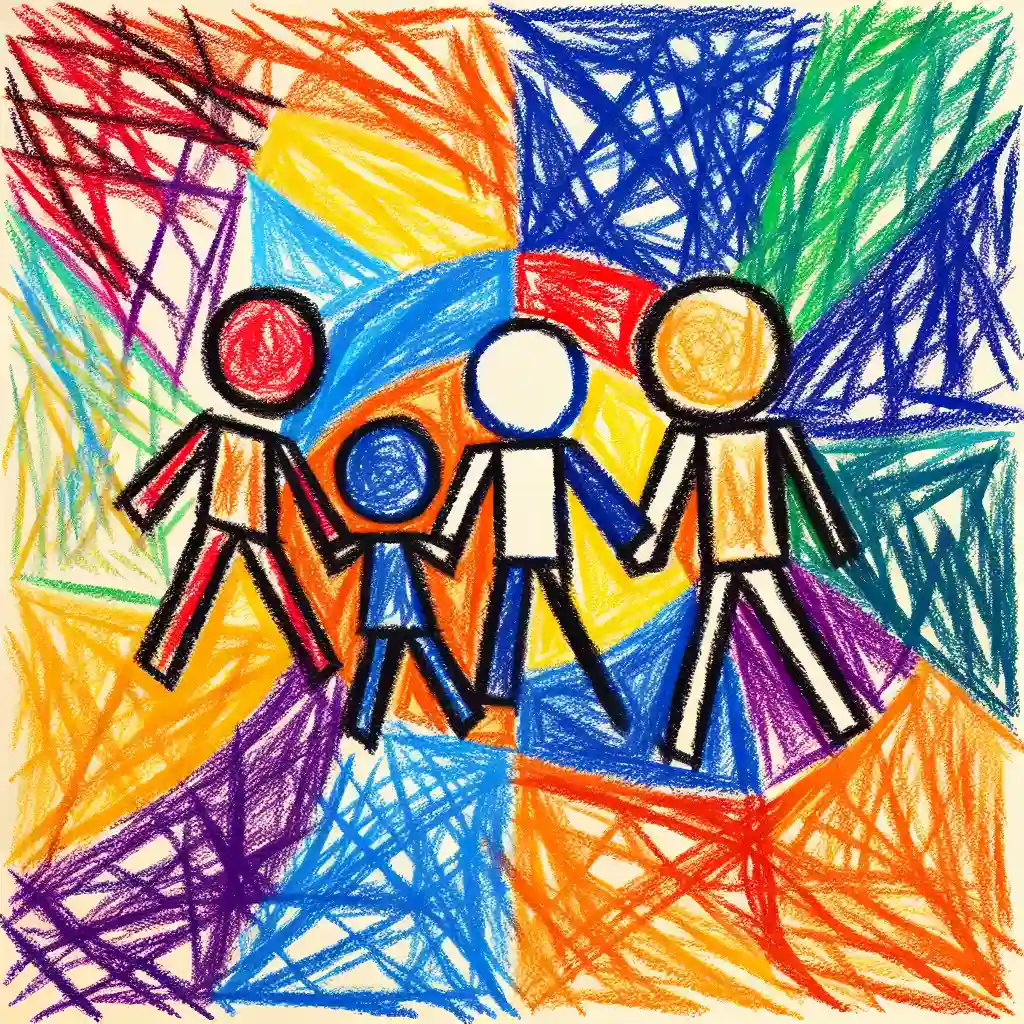Are America’s four main adversaries really in cahoots?

Explain Like I'm 5
Imagine you're in school and there's a big sports day coming up. Now, imagine if the four kids who always seem to challenge you decide to form a team. They're not necessarily best friends every day, but for this event, they're hanging out and planning together because they all want to do well in the games, especially when they're up against you. That's kind of what's happening with America and four other countries—China, Russia, Iran, and North Korea. They all went to a big parade in China to show that they are strong when they stand together, especially when it comes to competing with America in the big "global leadership" game.
Explain Like I'm 10
So, there's this big event in China where leaders from different countries, including Iran, North Korea, and Russia, came together for a military parade. This parade was not just about showing off soldiers and tanks; it was also a way for China to show the world that it wants to be a big boss, kind of like how a captain wants to lead a team. These countries, including China, often find themselves at odds with the United States over various big issues like who has more influence in certain parts of the world.
Now, just because these leaders are all at the same event in China, it doesn't mean they are best buddies and agree on everything. But it does show that they are willing to stand together in front of the world, especially when they have common concerns or challenges involving the U.S. It's like when separate groups in school sometimes come together for a project because they have a common goal, even if they don’t hang out all the time.
Explain Like I'm 15
This week marks a significant moment because leaders from Iran, North Korea, and Russia are joining others in China for a military parade. This event is significant as it commemorates the 80th anniversary of the end of World War II but also doubles as a stage for China to assert its ambition to be a global leader. These countries, often seen as adversaries by the United States, are showcasing a form of unity or solidarity in the face of common challenges, primarily posed by U.S. foreign policy.
The presence of these leaders together is symbolic. It sends a message to the world, and particularly to the U.S., that these nations are willing to collaborate or support each other in certain contexts, especially in opposing or counterbalancing American influence globally. This doesn't necessarily mean they have a seamless partnership; each country has its own agenda and strategic interests. However, their collective appearance at such a platform suggests a shared desire to be recognized as significant players on the global stage and not just regional powers.
Historically, these nations have had their conflicts and differences with the U.S. over military, economic, and political issues. The gathering in China could be seen as a strategic move to foster a sense of collective strength against perceived American hegemony. Looking ahead, this could lead to more coordinated positions in international forums or perhaps joint responses to U.S. policies. However, the extent and depth of this cooperation remain to be seen, as alliances can be as fluid as they are firm, depending on shifting global dynamics and national interests.
Want to read the original story?
View Original Source